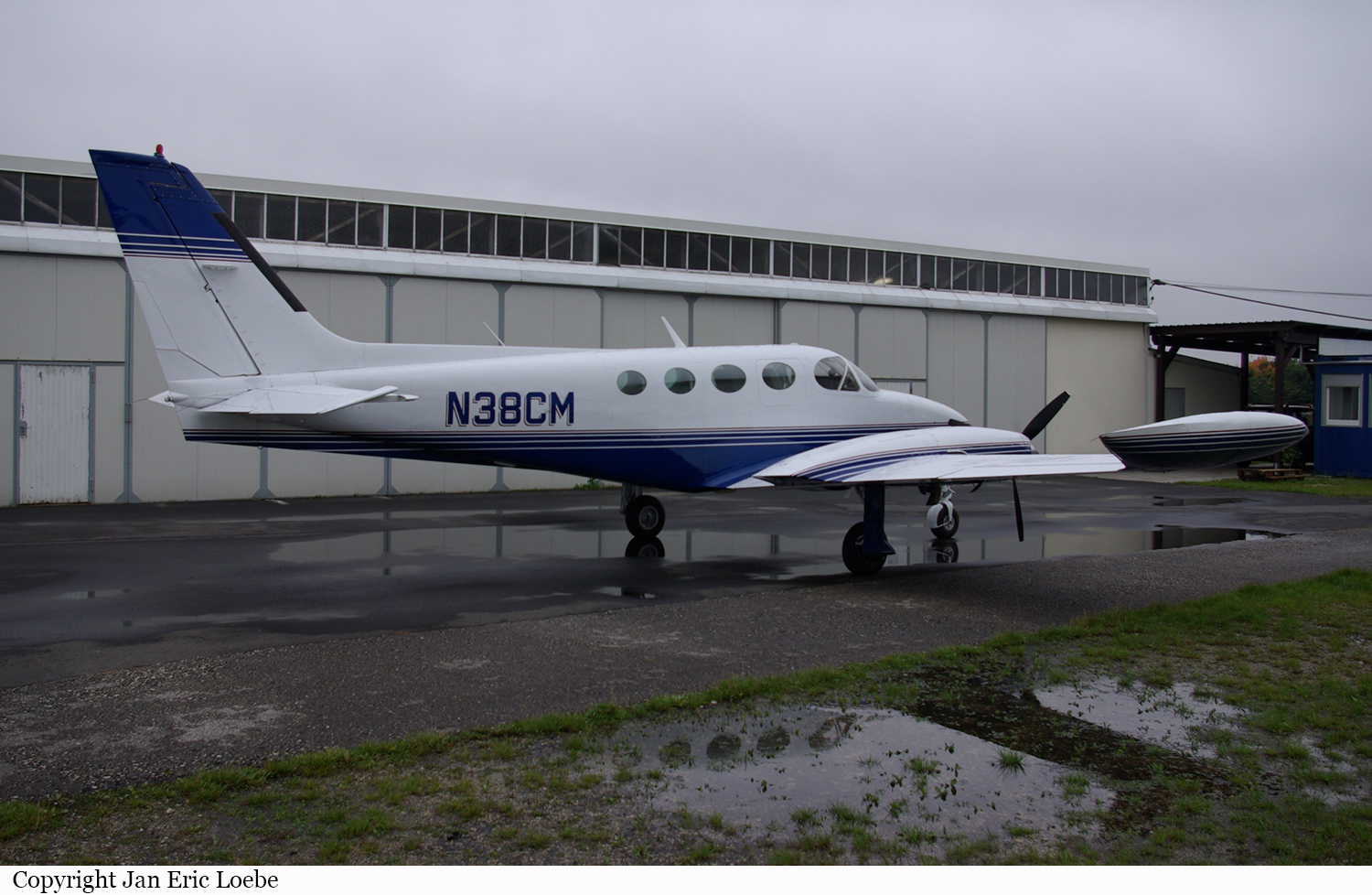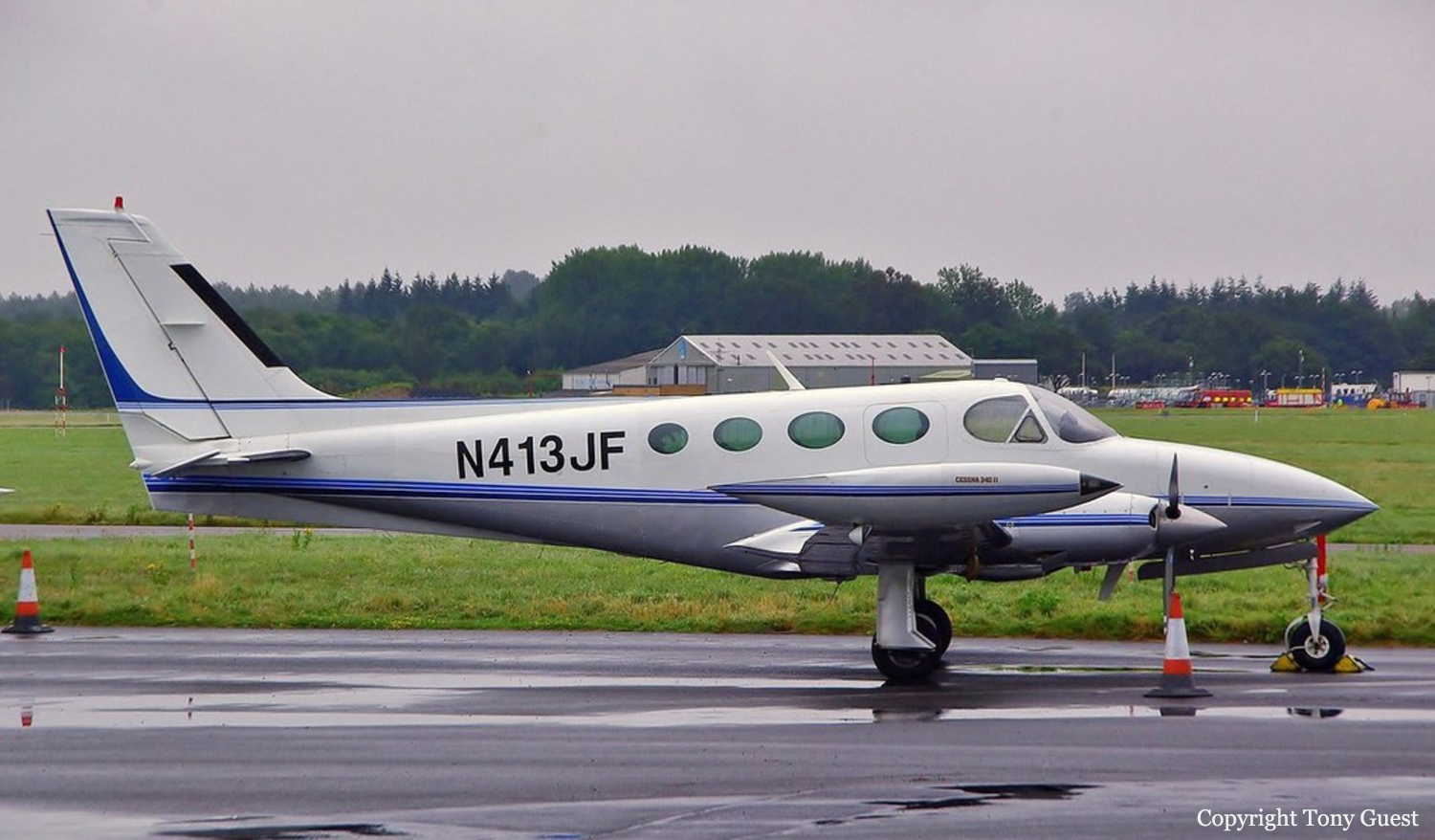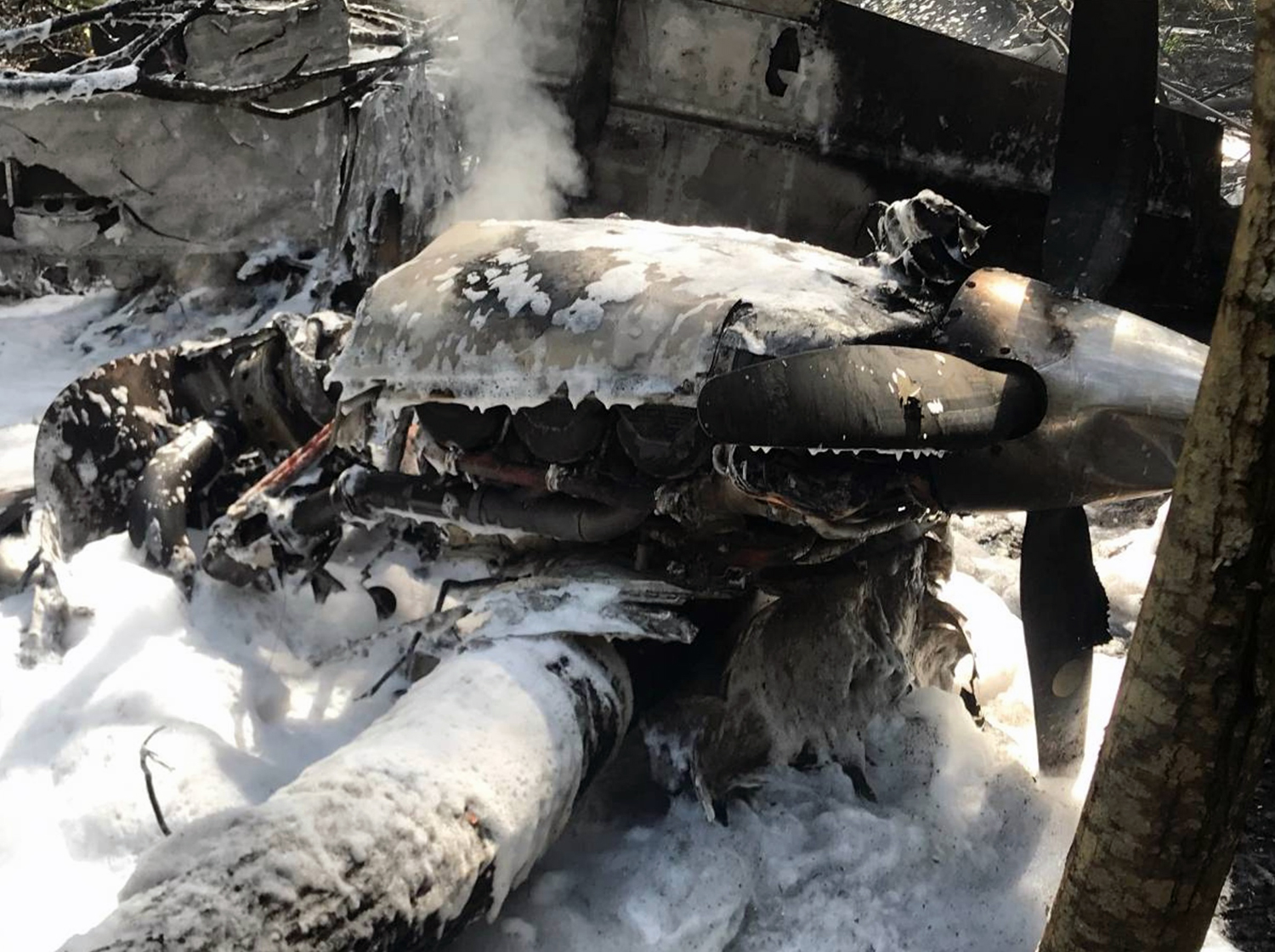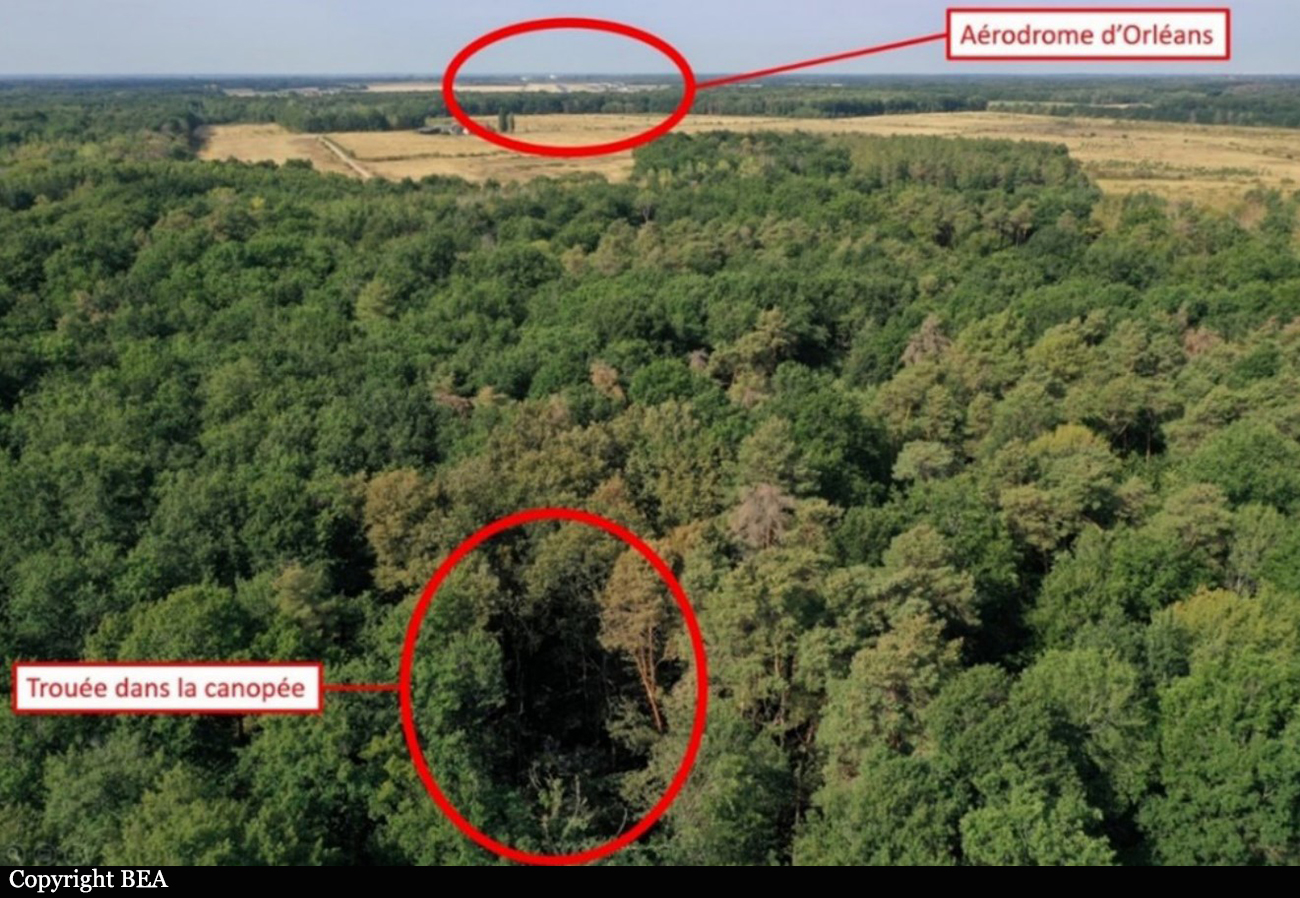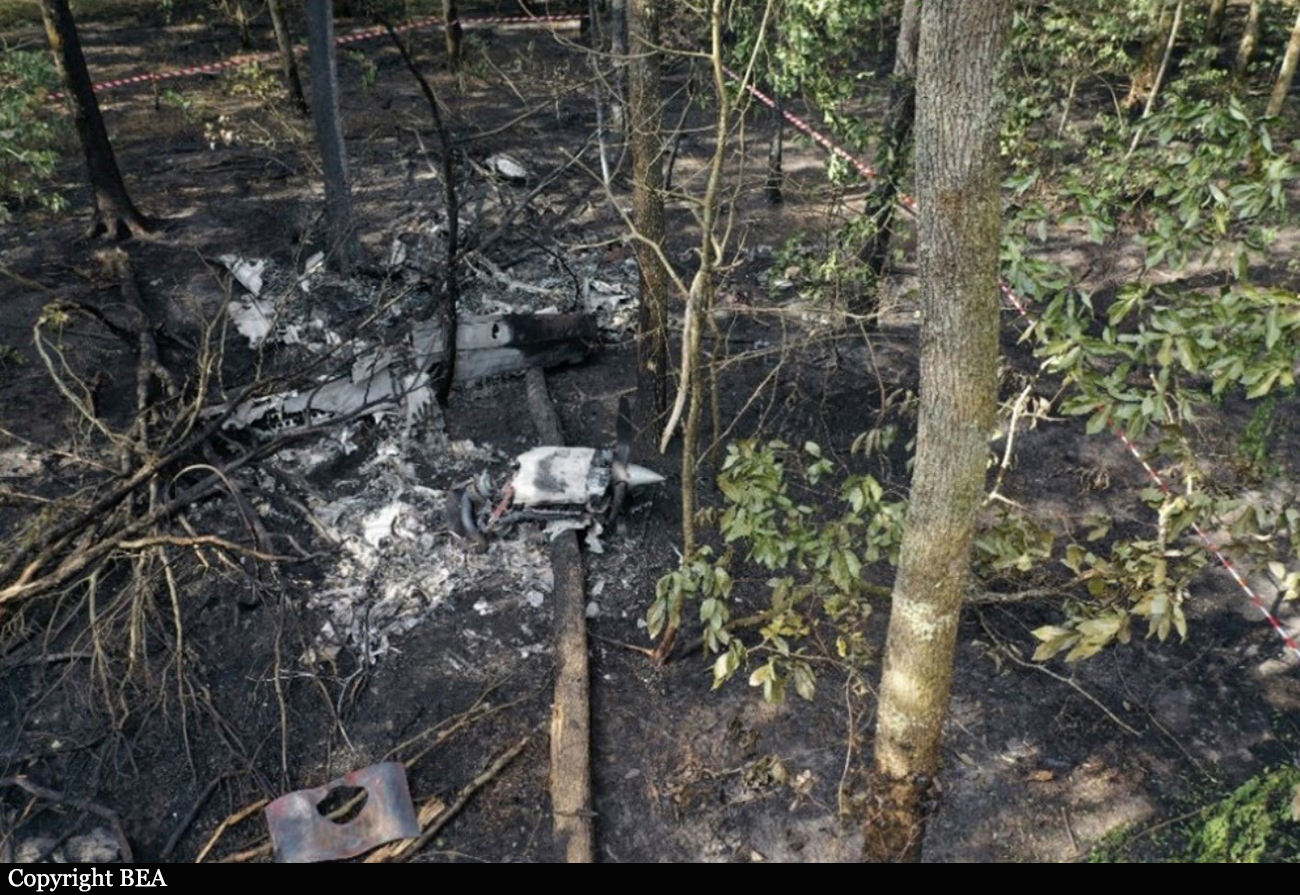Crash of a Cessna 340A in Orléans
Date & Time:
Oct 27, 2024 at 1145 LT
Registration:
N38CM
Survivors:
Yes
Schedule:
Biarritz - Orléans
MSN:
340A-0901
YOM:
1979
Crew on board:
1
Crew fatalities:
Pax on board:
4
Pax fatalities:
Other fatalities:
Total fatalities:
0
Circumstances:
On final approach to Orléans-Loiret (Saint-Denis-de-l'Hôtel) Airport, the pilot reported problems with the left engine. Shortly later, the airplane lost height, impacted trees and crashed in a wooded area located about 2,8 km short of runway 05. All five occupants were injured.
